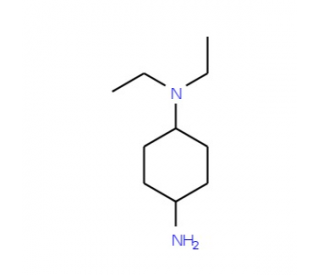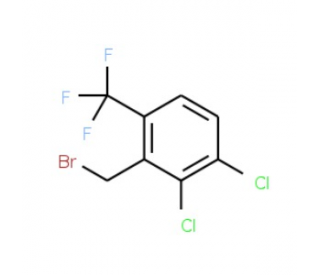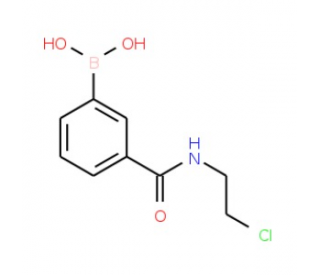詳細說明
Purity
>90%, by SDS-PAGE with silver staining.
Endotoxin Level
<0.10 EU per 1 μg of the protein by the LAL method.
Activity
Measured by its ability to inhibit anti-CD3 antibody induced IL-2 secretion in human T lymphocytes. The ED 50 for this effect is typically 1-5 μg/mL.
Source
Human embryonic kidney cell, HEK293-derived
Human CD277/BTN3A1
(Phe31-Gly254)
Accession # O00481IEGRMD Human IgG1
(Pro100-Lys330)N-terminus C-terminus Accession #
N-terminal Sequence
AnalysisPhe31
Structure / Form
Disulfide-linked homodimer
Predicted Molecular Mass
51 kDa
SDS-PAGE
54-62 kDa, reducing conditions
8539-BT |
| |
Formulation Lyophilized from a 0.2 μm filtered solution in PBS. | ||
Reconstitution Reconstitute at 100 μg/mL in PBS. | ||
Shipping The product is shipped at ambient temperature. Upon receipt, store it immediately at the temperature recommended below. | ||
Stability & Storage: Use a manual defrost freezer and avoid repeated freeze-thaw cycles.
|
Data Images
Bioactivity
| Recombinant Human CD277/BTN3A inhibits anti-CD3 antibody-induced IL-2 secretion in human T lymphocytes. The ED50 for this effect is 1-5 μg/mL. |
SDS-PAGE
| 1 μg/lane of RecombinantHuman CD277/BTN3A1 (Catalog # 8539-BT) was resolved with SDS-PAGE underreducing (R) and non-reducing (NR) conditions and visualized by silverstaining, showing bands at 58.8 and 150 kDa, respectively. |
Background: CD277/BTN3A1
Butyrophilin 3A1 (also called BTN3A1) is a 57 kDa type I transmembrane glycoprotein member of the Ig superfamily. It is expressed on a wide variety of immune cells. Similar to BTN3A2 and BTN3A3, BTN3A1 (484 amino acids) is composed of an extracellular N-terminal IgV and a membrane-proximal IgC domain followed by a transmembrane domain and a cytoplasmic tail. These Ig domains are also found in B7 family co-stimulatory molecules, suggesting structural and functional similarities between the two protein families (1). The intracellular portion of BTN3A1 contains a B30.2 domain (2). Although the B30.2 domain of BTN1A1 binds to xanthine oxidoreductase (XOR) and is conserved among BTN1A1 orthologs, this interaction with XOR is not shared by BTN3A1 (3). The B30.2 domain of butyrophilins also functions as a sensor for detecting changes in intracellular phopho-antigen (pAg) concentrations produced during tumorigenesis and microbial infections (4, 5). The specific binding of pAg by the B30.2 domain of BTN3A1 induces a conformational change in its ECD, leading to the activation of V gamma 9Vδ2 T cells (6). Thus, BTN3A1 acts as a critical protein for the activation of V gamma 9Vδ2 T cells following detection of distressed cells (7). The anti-tumor responses of V gamma 9Vδ2 T cells may be enhanced with agonistic anti-BTNA3 antibodies (8). No BTN3A1 homolog has yet been identified in rodents. However, Human BTN3A1 shares 92.4% and 91.6% sequence identity with baboon and rhesus monkey BTN3A1 respectively (9).
References:
Abeler-Dorner, L. et al. (2012) Trends Immunol. 33:34.
Rhodes, D.A. et al. (2001) Genomics 71:351.
Jeong, J. et al. (2009) J. Biol. Chem. 284:22444.
Harly, C. et al. (2012) Blood 120:2269.
Constant, P. et al. (1994) Science 264:267.
Sandstrom, A. et al. (2014) Immunity 40:490.
Harly, C. et al. (2015) Front. Immunol. 5:657.
Bonneville, M. et al. (2006) Curr. Opin. Immunol. 18:539.
Wang, H. et al. (2013) J.Immunol. 191:1029.
Entrez Gene IDs:
11119 (Human)
Alternate Names:
BT3.1; BTF5; BTN3A1; CD277










 粵公網(wǎng)安備44196802000105號
粵公網(wǎng)安備44196802000105號